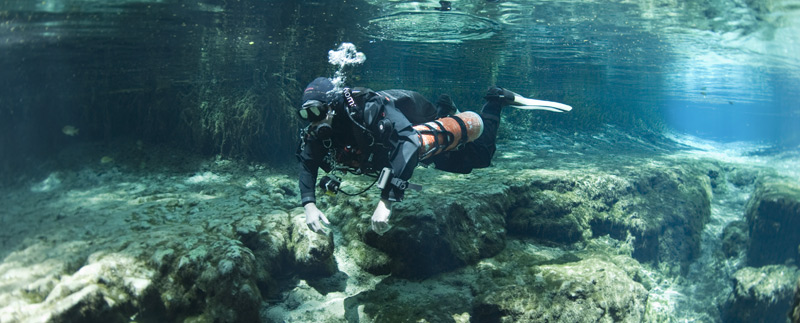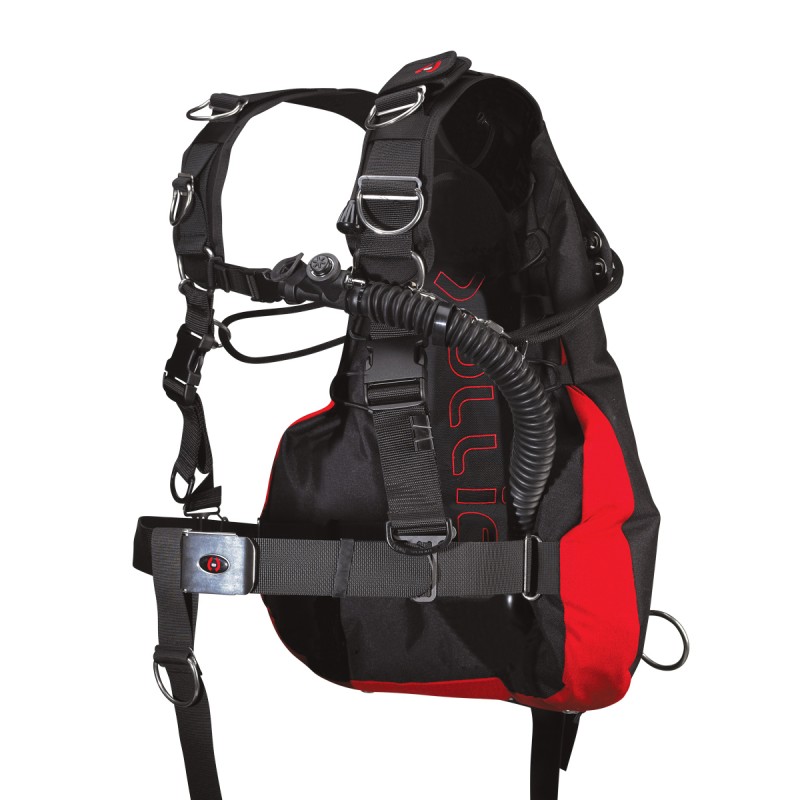You have 0 product(s) in your cart.
Abyss Scuba Diving
Choosing A Sms Sidemount Systems

History of Sidemount
Since the early 1960’s, cave and sump divers have been using Sidemount related equipment to conduct their dives. These divers required smaller tanks that could be configured to overcome space restrictions. They also required more tanks to provide extended lateral penetrations. Tanks were ‘slung’ around the divers to meet these requirements. These Sidemount systems were developed by the divers themselves from existing dive equipment, as no commercially made Sidemount systems were available at this time.
As of the mid 90’s, Sidemount systems were becoming increasing more popular and commercial operators/manufacturers were forced to begin producing commercial Sidemount systems to cater for this market.
In the past 20 years the dive industry has gone from a single commercial Sidemount system to almost 50.
Why dive Sidemount?
There are many reasons divers choose to dive Sidemount. These range from comfort reasons, to extended dive times, to technical diving needs. Some of the benefits are as follows:
- Increased Gas Supply. Two (2) independent air sources for redundancy and/or extended dive times. Recreationally, you get to dive twice as long as single tank divers, so you can see areas single tank divers don’t, and experience twice as much!
- In Sidemount, you have an increased ability to move weight and the cylinders for proper trim, creating a more natural and comfortable position in the water. This reduces fatigue, stress, and improves air consumption!
- Sidemount is great for a variety of recreational diving activities. Even if using a singular tank in Sidemount configuration. It is suitable for a number of entry’s & exit’s –both on shore and from a boat.
- Improved streamlining – when either single or dual cylinders are required, Sidemount can reduce drag and avoid contact with overhead environments.
- Easier Equipment Transport. With Sidemount you have the ability to transport 2 smaller independent tanks to the water before gearing up, reducing weight on land and during entry/exits.
- You have an increased ability to access gear (valves/hoses etc) underwater should you have any equipment issues.
- Problem Solving/Redundancy. With a two (2) cylinder Sidemount configuration you have two (2) independent regulator systems, so you can handle a low on air/out of gas problem without needing your buddy’s primary alternate air source.
Okay, so I want to become a Sidemount diver…..
Which system do I choose??
Of the fifty odd systems available, there are 2 produced by Hollis. Hollis has one of the world’s leading ranges of technical specialist diving equipment and is named after Diving Hall of Fame member Bob Hollis. They manufacture dependable and innovative technical diving equipment for your personal exploration needs. They bring engineering experience to the industry, designing the highest quality diving equipment available. Built to accommodate the beginning sport diver to the exploratory technical diver, using the most cutting-edge materials and proven technologies for any condition.
Designed and Built with Pride in the USA. Whichever system you choose, the Hollis SMS range has you covered.
SMS75

The SMS 75 is an evolution from years of Sidemount development, which started with the SMS100. A product that has been copied, modified and personalised. This has been the benchmark for technical Sidemount for years. While it will cater more to hardcore cave divers, the SMS75 was created to handle all environments. Proper trim is key and the wing is designed to promote horizontal diving with increased lift towards the hips where it’s needed most, and without modification. The SMS75 will also support rear mounted tanks and reversible inflator positions.
The SMS75 really is the one stop shop of the Hollis SMS line.
Recent Posts





